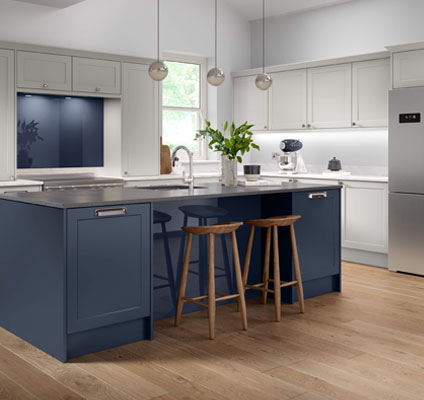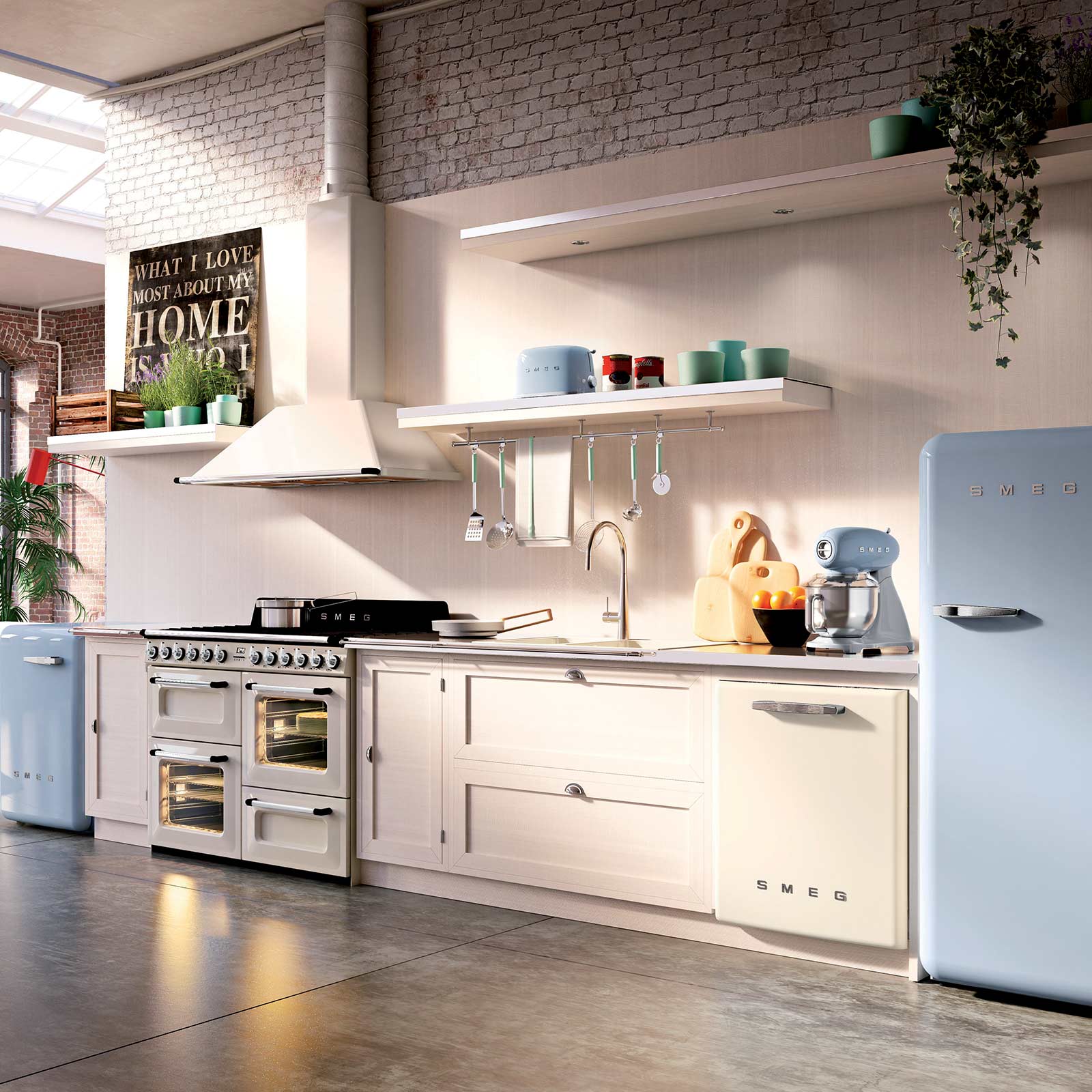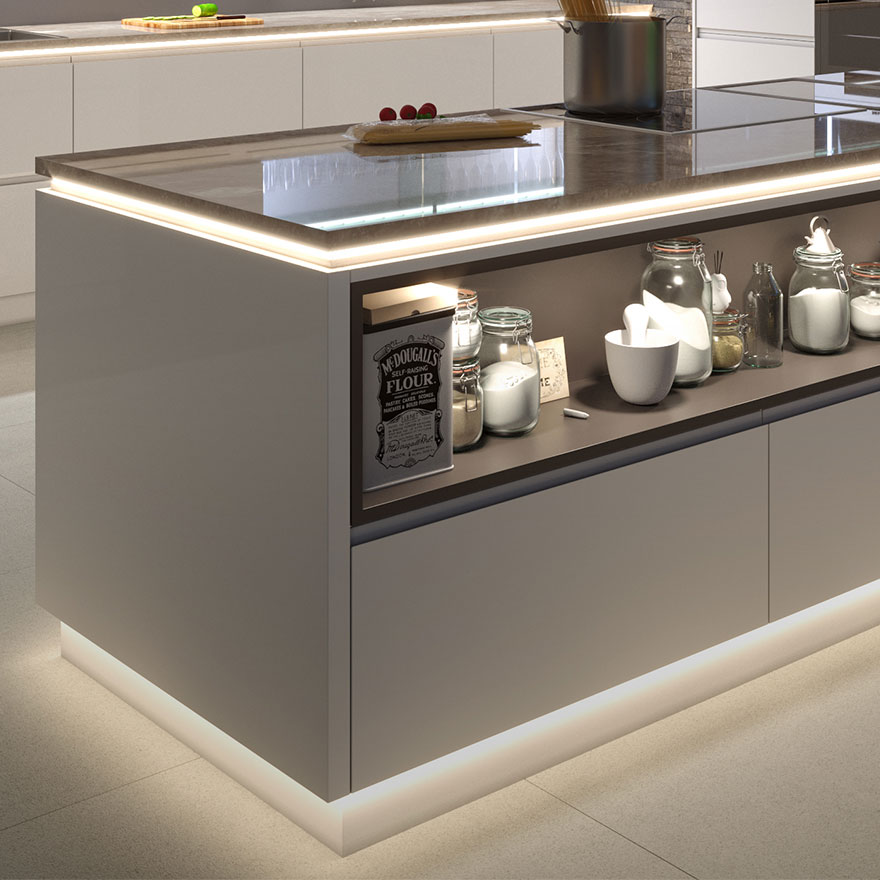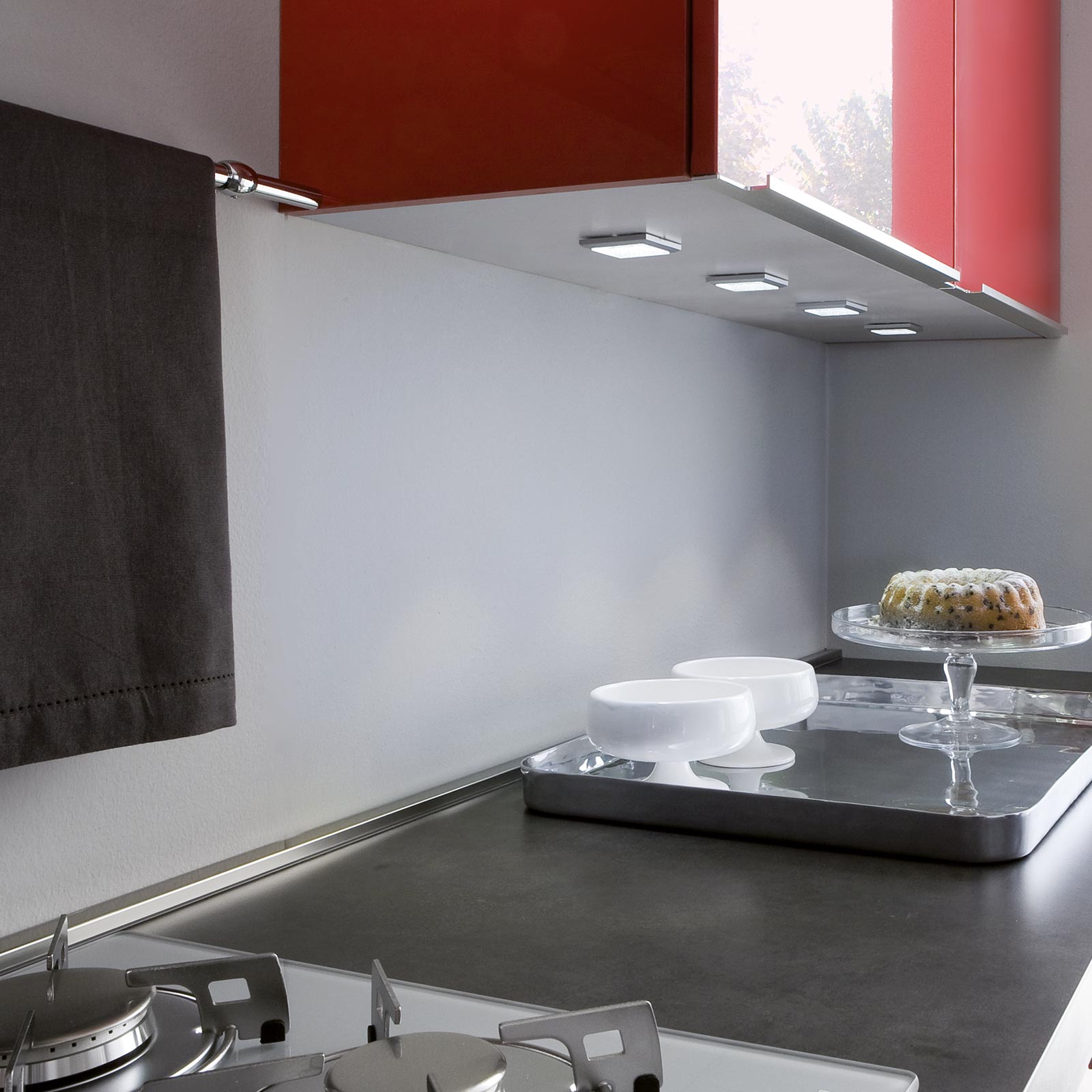Cooking Up a Greener Future: Sustainable Kitchens for the Modern Home
Gone are the days when sustainability was a niche concern in the kitchen design world. Today, eco-conscious homeowners are actively seeking solutions that minimise their environmental impact. As a result, clients are looking for kitchen designers and installers to offer them options that align with their values. Embracing sustainable practices doesn't mean sacrificing style or performance. In fact, it can open the door to exciting new design possibilities and enhance your reputation as a forward-thinking professional.

Building Eco-Friendly Kitchens
If you're looking to create an eco-friendly kitchen space, there are a few key things to keep in mind. One important factor is the materials you choose for the furniture and decor. Rather than going for cheap, mass-produced items that contribute to waste and pollution, opt for high-quality pieces made from sustainable materials. For example, cabinets crafted from recycled materials like bamboo, FSC-certified wood, or reclaimed lumber are an excellent choice. These materials not only look great, but they also have a much lower environmental impact than their non-recycled counterparts.
Another way to reduce your environmental footprint is to choose materials and appliances that are sourced closer to home. By doing so, you'll minimise transportation emissions and support local businesses and craftsmanship. This not only benefits the environment but also helps to build a stronger, more resilient community.

Energy-Efficient and Sustainable Design Ideas
One of the best ways to reduce energy consumption in homes is by investing in Energy Star-certified appliances. These appliances are designed to use less energy without compromising performance. They are available in a variety of types, including refrigerators, dishwashers, and ovens. By recommending these appliances to your clients, you can help them save money on their energy bills while reducing their carbon footprint.
Another appliance that you should consider recommending is the induction cooktop. Induction cooktops use electromagnetic energy to heat pots and pans, which means they are much more efficient than traditional gas or electric cooktops. They are also much safer, as they only heat the cookware and not the surrounding surface.
For clients who are looking for even more innovative options, you might suggest smart refrigerators or dishwashers. These appliances are equipped with sensors that can detect usage patterns and adjust their settings accordingly. For example, a smart refrigerator might adjust its temperature when it senses that the door has been opened frequently, while a smart dishwasher might adjust its water consumption based on the size of the load.

Let There Be Light
When it comes to lighting options, you should encourage your clients to replace traditional bulbs with energy-efficient LEDs. LEDs last longer than traditional bulbs and use significantly less energy. They also offer superior lighting quality, which means they can make a room feel brighter and more welcoming. You might also recommend installing motion-sensor lighting in pantries and under cabinets. This will make it easier for your clients to find what they need without having to turn on a bright overhead light. This can also help save energy by ensuring that lights are only on when they are needed.

Green Fingers for a Greener Future
One way to promote sustainable living is by designing kitchens that incorporate built-in herb gardens or vertical planting systems. These features allow homeowners to cultivate fresh herbs and microgreens, which can significantly reduce their dependence on supermarkets and reduce transportation emissions. To further support sustainability efforts, it's also important to maximise natural light in kitchen spaces. This can be achieved by incorporating skylights or strategically placed windows that allow natural light to enter the room. By doing so, homeowners can reduce their reliance on artificial lighting and save energy.
Eco-Friendly Design for Client and Planet
Sustainability is a journey, not a destination. By offering informed guidance, exploring innovative solutions, and collaborating with clients on their eco-conscious aspirations, you can create kitchens that are not only beautiful and functional but also contribute to a healthier planet. So, let's embrace the challenge and become pioneers in designing the sustainable kitchens of the future. Together, let's cook up a greener future, one kitchen at a time!
Additional Tips:
- Partner with local suppliers and manufacturers who share your commitment to sustainability.
- Stay informed about the latest sustainable materials, technologies, and trends
- Offer clients educational resources and incentives to choose eco-friendly options.
- Celebrate your sustainable projects and share them with the wider community.
By working together, we can make a significant impact and build a more sustainable future for generations to come.










